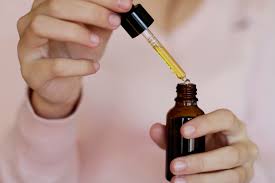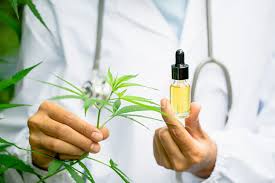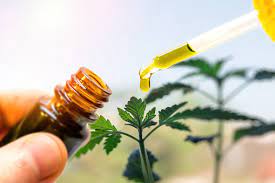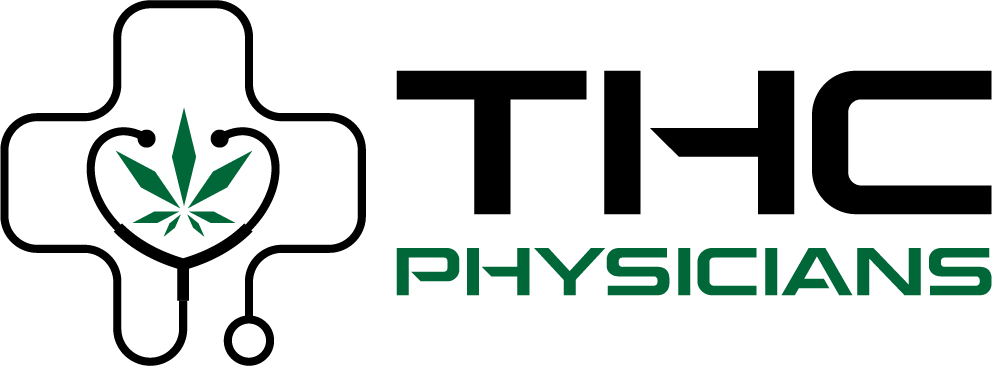Cannabidiol (CBD) has surged in popularity due to its therapeutic potential. However, understanding the bioavailability of CBD oil is crucial for optimizing its benefits. Bioavailability refers to the proportion of a substance that enters the bloodstream when introduced into the body and is thus able to have an active effect. The delivery method of CBD greatly influences its bioavailability. This article examines different CBD delivery methods, their bioavailability, and how consumers can choose the best method for their needs.
Understanding Bioavailability
Bioavailability is a key concept in pharmacology. It quantifies the rate and extent to which an active drug ingredient or active moiety is absorbed and becomes available at the site of action. For CBD, higher bioavailability means more CBD reaches the bloodstream without being metabolized, leading to more pronounced effects.

Oral Ingestion
Oral ingestion is one of the most common ways to consume CBD oil. This includes capsules, edibles, and CBD-infused beverages. However, the bioavailability of CBD through oral ingestion is relatively low, ranging from 4-20%.
The low bioavailability is primarily due to the first-pass metabolism in the liver, where a substantial portion of the CBD is broken down before it can enter the bloodstream. To improve bioavailability, some products incorporate liposomes or nanoemulsion techniques to increase the absorption rate.
For more detailed information on how oral ingestion impacts CBD bioavailability, visit Project CBD.
Inhalation
Inhalation through smoking or vaping CBD provides higher bioavailability, typically between 34-56%. When CBD is inhaled, it bypasses the digestive system and is absorbed directly into the bloodstream via the lungs.
This method allows for rapid onset of effects, usually within minutes. However, the long-term effects of vaping are still under investigation, and smoking can introduce harmful substances into the lungs.
For a deeper dive into inhalation as a CBD delivery method, check out Healthline's article on vaping CBD.
Sublingual Administration
Sublingual administration involves placing CBD oil under the tongue for about 60-90 seconds before swallowing. This allows the CBD to be absorbed directly into the bloodstream through the mucous membranes in the mouth, bypassing the digestive system.
The bioavailability of sublingual administration ranges from 12-35%. It offers a middle ground between oral ingestion and inhalation, with relatively swift onset and better bioavailability than oral methods.
Explore more about sublingual administration at Healthline's CBD oil benefits article.

Topical Application
CBD can also be applied topically through creams, lotions, and balms. This method is typically used for localized relief of pain, inflammation, and skin conditions. The bioavailability of topical CBD is difficult to measure as it does not enter the bloodstream in significant amounts.
Instead, CBD interacts with cannabinoid receptors in the skin. For localized skin or muscle issues, topicals can be effective, but they are not suitable for systemic effects.
Learn more about the effectiveness of topical CBD at Medical News Today's article on CBD for pain.
Transdermal Patches
Transdermal patches offer a unique delivery method with relatively high bioavailability. These patches adhere to the skin and release CBD slowly and steadily over time, allowing it to be absorbed through the skin and into the bloodstream.
The bioavailability of transdermal patches can be comparable to sublingual administration, though they provide the added benefit of sustained release, which can be useful for chronic conditions.
Find out more about transdermal patch technology at Self's article on CBD patches.
Nasal Delivery
Nasal sprays are an emerging method for CBD delivery, offering higher bioavailability than oral ingestion but not as high as inhalation. Nasal delivery bypasses the digestive system, providing a direct route to the bloodstream through the nasal mucous membranes.
This method is still under research but holds promise for those seeking rapid and effective relief without the respiratory risks associated with inhalation.

Choosing the Right Delivery Method
When choosing a CBD delivery method, consider bioavailability, onset time, duration of effects, and personal preferences. For quick relief, inhalation or nasal sprays might be ideal, but for sustained release, transdermal patches or certain oral formulations could be better.
Additionally, consider any health conditions or lifestyle factors that might influence your choice. Always consult with a healthcare provider before starting any new CBD regimen, especially if you have preexisting conditions or are taking other medications.
Frequently Asked Questions
What is the most efficient way to absorb CBD?
Inhalation offers the highest bioavailability, followed by sublingual administration and transdermal patches. Oral ingestion has lower bioavailability due to first-pass metabolism.
Can I take CBD oil multiple ways?
Yes, you can combine different delivery methods to achieve desired effects. For instance, you might use a topical for localized relief and sublingual administration for systemic effects. Always consult with a healthcare provider before mixing methods.
How long does CBD stay in my system?
The duration CBD stays in your system varies based on the method of consumption, frequency of use, and individual metabolism. Generally, CBD can stay in your system from a few hours to a few days.
Does bioavailability affect the dosage of CBD I should take?
Yes, bioavailability influences dosage. Methods with lower bioavailability, like oral ingestion, might require higher doses to achieve the same effect as methods with higher bioavailability.
For further questions and comprehensive explanations on CBD, consider exploring these trusted resources:

